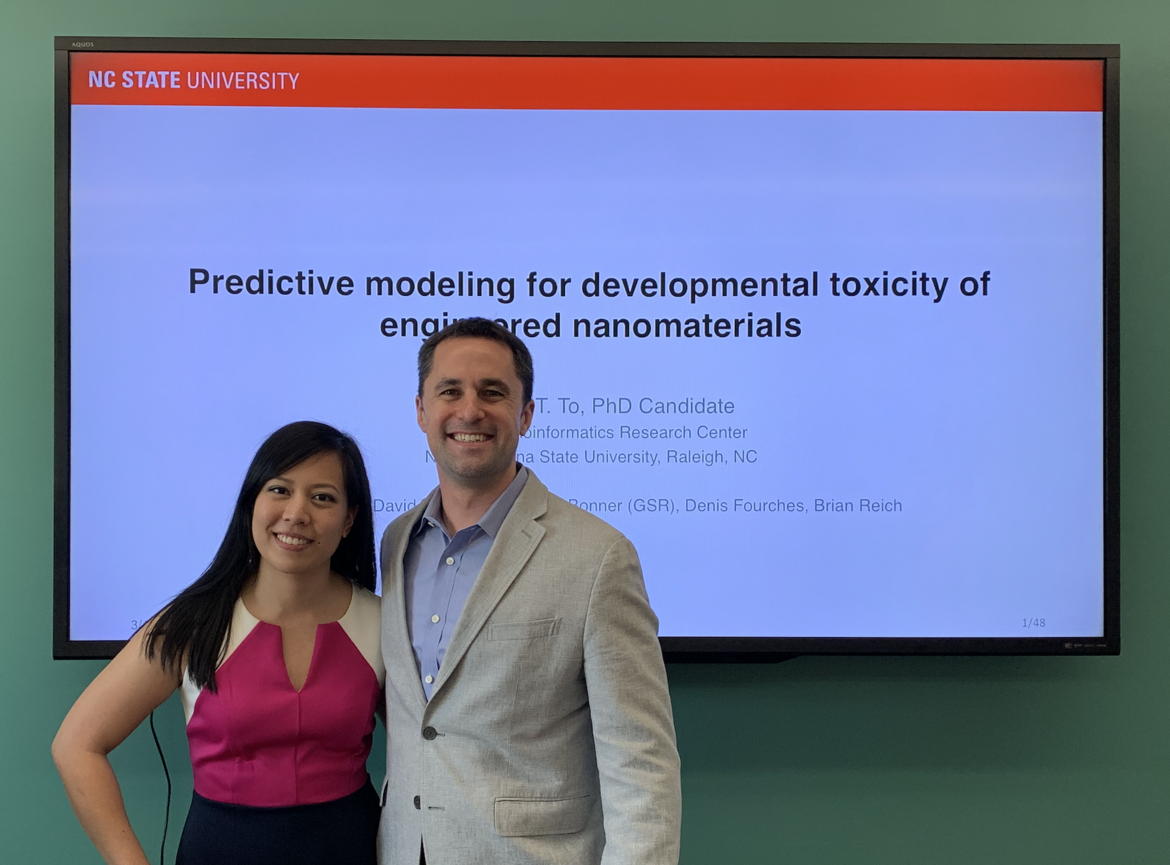Title: Predictive modeling for developmental toxicity of engineered nanomaterials.
Abstract: Nanomaterials are defined as particles with at least one dimension on the nanoscale (1-100nm). Although their toxicity is not yet fully understood, nanomaterials present themselves in a wide variety of consumer products, from sunscreens to laser printers. Nanomaterials have been proposed as drug delivery systems and as improvements to in vivo molecular imaging techniques. Despite the promising applications of nanomaterials, understanding of their health impact remains elusive. Further, because nanomaterials are already present in consumer products, there is a sense of urgency in understanding nanomaterial toxicity as a preventative measure. Alternative testing strategies, such as quantitative predictive modeling can be developed to accelerate nanomaterial risk assessment. The development of a predictive model for engineered nanomaterials is difficult due to inconsistencies in nanomaterial characterization and the selection of endpoints within existing data. The models that have been tested use a combination of measured physicochemical characteristics and computationally derived descriptors. Informed design of these models can identify the characteristics that underlie the molecular mechanisms of nanomaterial toxicity. Because of the difficulties in data aggregation, imputation of characteristics and multi-source endpoint summarization would provide a full-rank matrix for which predictive modeling can be performed. Of course, the quality of data imputation is dependent on an abundance of high quality data, a known drawback of existing nanomaterial toxicity data. By identifying which characteristics are most influential to nanomaterial toxic behavior, we can decrease the minimum information required in datasets for data curation.


